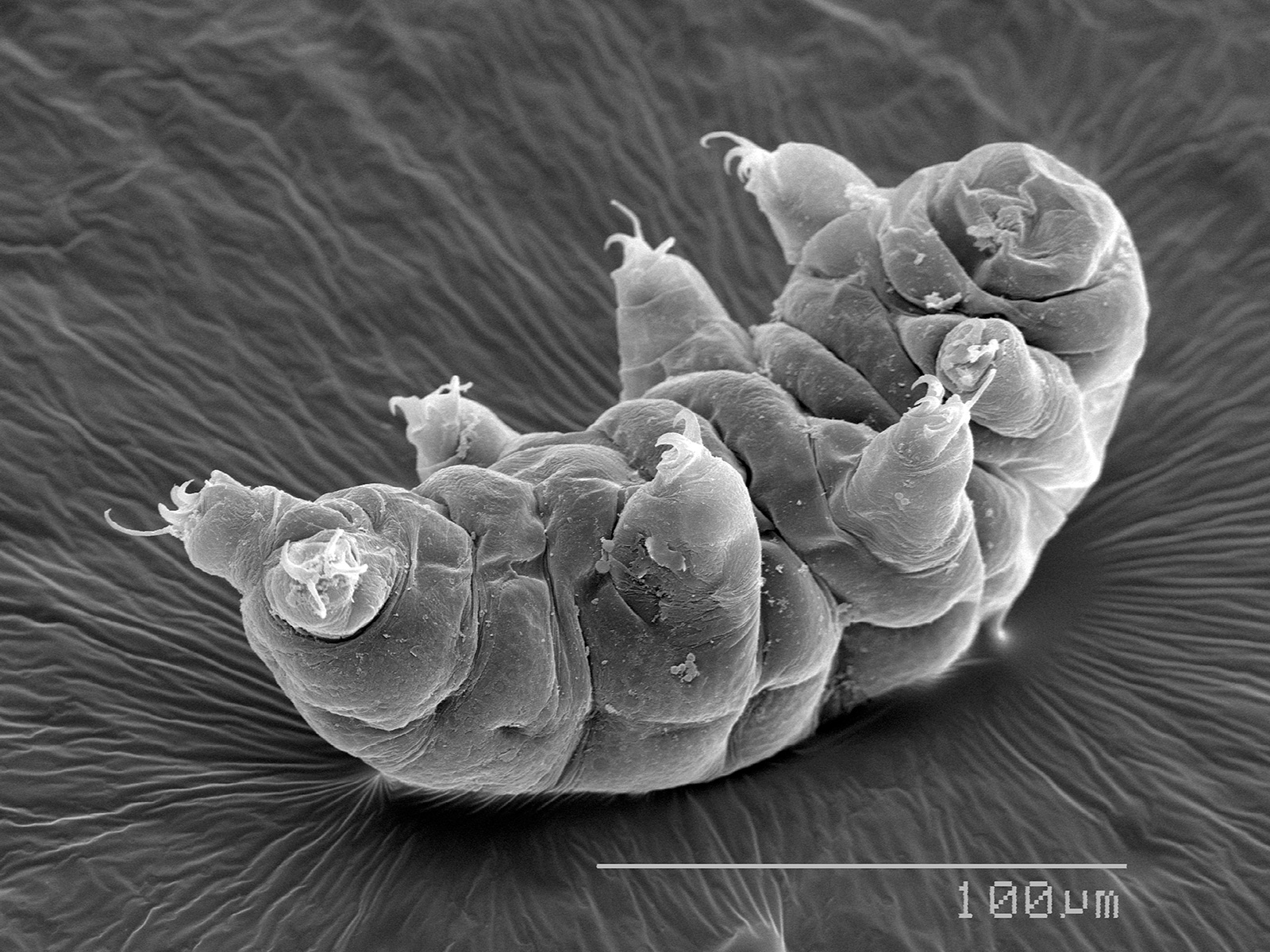Nine New Tardigrade Species Discovered Thanks to the Efforts of Danish Schoolchildren
SCIENCE
The budding scientists collected the tiny water bears in a massive citizen science project that involved almost 30,000 participants
Paulina Rowińska
March 12, 2025
In a small Danish cemetery, a researcher hovers over a fallen tree covered by a rich green mat. She collects samples of lichen and moss and places them into two separate coffee filters. Meanwhile, her colleague holds a wet test strip in the air to measure the habitat’s ammonia level, and another researcher checks GPS readings and records the location on a map of Denmark. These researchers are hoping to gather microscopic creatures in the largest experiment of its kind—and they’re only 10 years old.
Guided by their teachers, nearly 30,000 Danish schoolchildren, ages 7 to 16, helped scientists from the Natural History Museum of Denmark catalog tiny, water-dwelling animals known as tardigrades, or water bears, and their microhabitats. Their contributions, published in October 2024 in Frontiers in Zoology, nearly quadrupled the number of known tardigrade species in Denmark and offered new insights into the biodiversity of these extraordinary animals.
Though inconspicuous—the largest reach only about one millimeter in length—tardigrades are incredibly resilient. They can survive everything from freezing to extremely high temperatures, as well as most kinds of radiation and the vacuum of outer space. Although they are water animals, tardigrades can endure dry spells thanks to special proteins that protect their cells until water is available again.
“The more species you know and more environments in which they are present you know,” says Roberto Guidetti, a zoologist at the University of Modena and Reggio Emilia in Italy who wasn’t involved in the study and has a tardigrade species dedicated to him, “the better you can understand their ecology, their evolution and also the mechanisms that led to the development of these extraordinary capabilities.”

A tardigrade, or water bear Connect Images / Gregory S. Paulson via Getty Images
More:
https://www.smithsonianmag.com/science-nature/nine-new-tardigrade-species-discovered-thanks-to-the-efforts-of-danish-schoolchildren-180986010/
